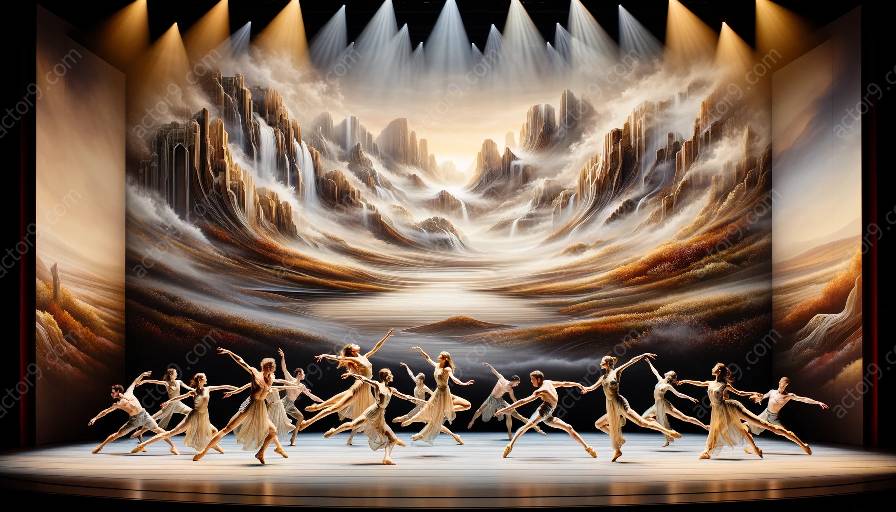In the realm of performing arts, physical theatre choreography stands out as a poignant form of cultural expression, intertwining movement, emotion, and storytelling. This cluster explores the significance, techniques, and impact of this compelling art form.
The Significance of Physical Theatre Choreography
Physical theatre choreography encapsulates the rich heritage and societal values of diverse cultures. It serves as a reflection of historical narratives, contemporary issues, and the collective ethos of a community. Through intricate movements, gestures, and body language, performers convey cultural nuances and experiences, enabling audiences to connect with universal themes.
Understanding Physical Theatre
Before delving into physical theatre choreography, it is essential to comprehend the broader concept of physical theatre. Originating from diverse cultural backgrounds, physical theatre emphasizes bodily expression as a fundamental mode of storytelling. This multidisciplinary art form amalgamates elements of dance, mime, acrobatics, and acting, creating a captivating platform for cultural exploration.
The Art of Choreographing Physical Theatre Performances
Choreographing physical theatre entails an intricate fusion of movement vocabulary, spatial dynamics, and emotional resonance. Innovative choreographers meticulously craft sequences that embody cultural narratives, using the body as a primary instrument of expression. Through collaborative experimentation and improvisation, choreographers infuse cultural motifs into the choreographic process, intertwining tradition and innovation.
The Impact on Performing Arts Communities
Physical theatre choreography serves as a catalyst for cultural exchange and artistic innovation within performing arts communities. Its ability to transcend linguistic and cultural barriers has sparked dialogue and collaboration among artists worldwide. By embracing cultural diversity, physical theatre choreography enriches the creative landscape, fostering a deeper appreciation for global traditions and narratives.
Embracing Cultural Diversity through Physical Theatre Choreography
Physical theatre choreography encapsulates the universal language of the body, providing a platform for celebrating and preserving diverse cultural heritage. By embodying cultural identities through movement, practitioners convey the essence of cultural narratives to global audiences, fostering empathy and understanding.
Conclusion
The artistry of physical theatre choreography as a form of cultural expression transcends artistic boundaries, encapsulating the essence of human experience and cultural heritage. Its profound impact on the performing arts world resonates as a testament to the transformative power of movement, emotion, and storytelling.




































